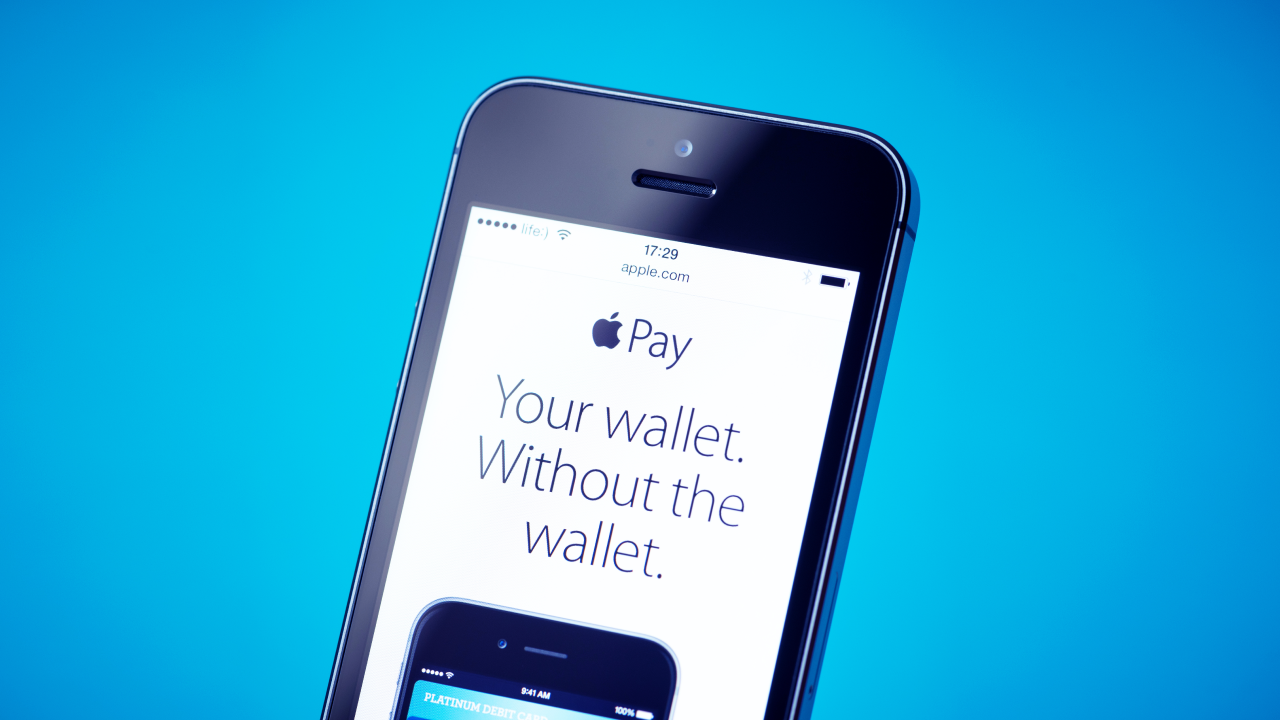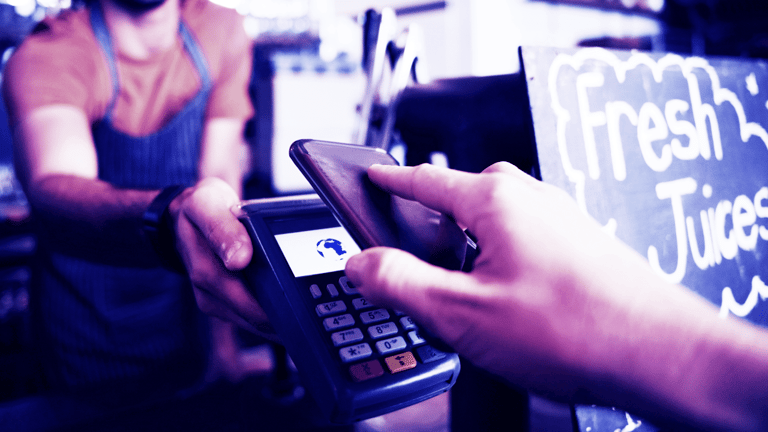
By Paymentology

For financial institutions that are considering a mobile wallet solution, there are a number of factors that need to be thought through ahead of the launch. The type of features you offer to customers will depend on various criteria including geography and the type of use cases you wish to enable.
We’ve already talked about the market forces that are driving the popularity of mobile wallets in another blog, so here we’ll take you through the different types of mobile wallet. Read on for more information about the various advantages of each solution.
And if you want Paymentology’s full guide to launching a mobile wallet, you can download it here.
OEM wallets or XPay wallets are the most common mobile wallet implementations. These are tied to a certain device manufacturer, for example Apple (Apple Pay), Google (Google Pay), Samsung (Samsung Pay), and Huawei (Huawei Pay). Some wearable manufacturers such as Garmin and Fitbit also have a proprietary mobile wallet on their devices.
At the time of writing Apple Pay is available in 75 countries, putting it ahead of Google Pay which is accepted in 60 countries. A card issuer's choice of mobile wallet implementation primarily revolves around which solution is available in their country. If multiple wallets are available, implementing them all means they can offer mobile payments to more customers.
For financial institutions that haven't yet started with mobile wallets, it makes sense to start with just one wallet before trying to offer the complete set. This consideration should be guided by which is most appropriate for the market; for example, if people are mostly using Android-based phones in a country, choosing Google Pay is the correct choice.
An issuer-branded wallet is a custom-made mobile payment application (MPA) to be used by one specific issuer. Unlike OEM wallets, cards can be issued, stored, activated, and sent to the mobile wallet within the same application.
Similar to OEM wallets, users can choose the mode of authentication and use their cards for contactless payments.
Financial institutions can design an Issuer-branded wallet to reflect their company’s look and feel to guarantee consistent branding. The MPA can be combined with the issuer’s existing application in a separate, dedicated mobile payment app. Compared to the OEM Pay or XPay implementations, this option offers a more flexible user experience, design, and user interaction.
There’s no hard and fast answer to which mobile wallet type is best. OEM Pay gives users a more seamless experience, as all cards are in one application. However, Issuer Pay gives issuers more flexibility and possibilities, especially in terms of value-added services and user interaction.
We go deeper into the considerations in our guide on how to get started with mobile wallets, but one example of where the two options differ is branding, where options are better for Issuer Pay as the issuer controls the mobile application and the user experience. With OEM Pay, the branding potential is more limited for the issuer.
Cost is another factor that will affect the decision. On the one hand, while there exist turnkey SDKs for Issuer pay, the integration with the banking app requires careful planning, time, and effort to get the user experience exactly right.
OEM Pay only requires the financial institution to make its cards available to be added to the wallet. But on the other hand, opening a project with Apple, for example, has a high fixed price tag. Additionally, Apple will take a cut of each transaction.
Ultimately, it might make sense to offer both issuer and OEM Pay in certain situations. For instance, in a country where Apple Pay is available, but not Google Pay, offering both an issuer wallet for Android, and Apple Pay for Apple platforms would allow you to cover a wider market. While this could come at a cost, the expense might be worth it if you are looking for a competitive advantage or leadership in the mobile wallet space.
As you can see, there are many things for banks and financial institutions to think about before launching a mobile wallet. So if you want to learn more about types of mobile wallets, download Paymentology’s guide on how to get started with mobile wallets.
Need help launching a mobile wallet solution? To find out how Paymentology can guide you through the process, get in touch today.
By Paymentology



